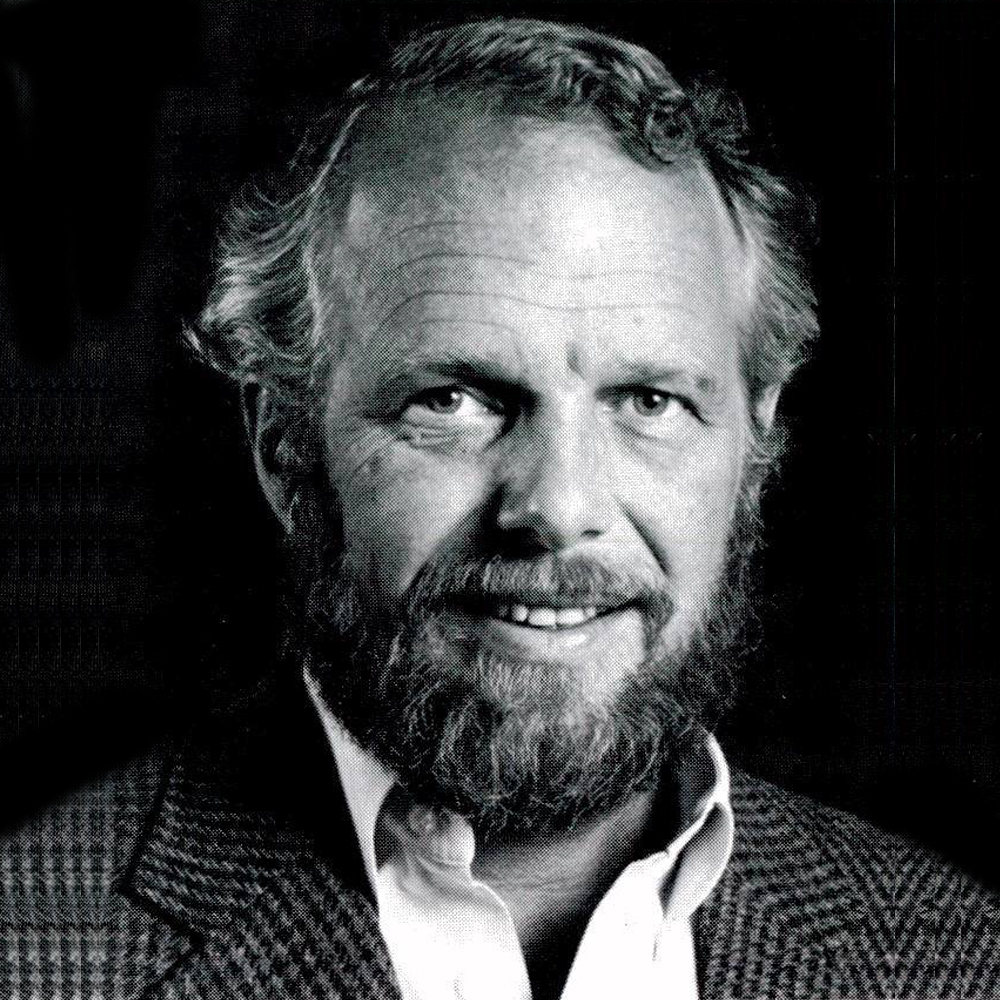SIGGRAPH 1989 Computer Graphics Achievement Award: Warnock
Awardee(s):
Award:
-
Computer Graphics Achievement Award
Description:
The 1989 Computer Graphics Achievement Award is given to John Warnock for PostScript, which embodies a major contribution to imaging models and and to integration of graphics and text. In the computer graphics field, agreement on conventions for describing and communicating models between workers and computers is of great potential benefit, provided the standards are sufficiently powerful and flexible, and if enough people agree on the conventions.
It is to Dr. Warnock’s credit that the PostScript language meets all these requirements. It has not only been accepted by researchers and developers, but, has, by the force of its successful application become the de facto standard for many graphics applications. As a means of communication between computers and printers, PostScript’s power and flexibility for representing text, shapes, and images as graphical entities helped launch the desktop publishing industry. The innovative technical solution presented in PostScript has freed both suppliers and users from the burdens of conflicting and inadequate device drivers. Suppliers are no longer required to develop distinct drivers for each printer supported by a software package, e.g., word processor. Users are relieved of the burden of selecting and tailoring the supplied drivers for individual configurations. PostScript is now used as a representation for window systems and as a link between graphics applications as well. What appears on the screens and in the printout of modern computers is much more exciting than it once was because of the success of this technical achievement.
PostScript is not the only contribution to computer graphics made by Dr. Warnock. PostScript is the culmination of a series of special purpose languages he has spawned over the years. An early example is the language for specifying geometric databases used in the Evans and Sutherland maritime simulator project. While at the Xerox Palo Alto Research Center, he and his co-workers developed JaM, Inter Press, and what later became the imaging model for PostScript.
Warnock is also known for contributions to display algorithms, including one of the first hidden surface algorithms as well as algorithms for antialiasing of lines and text.
Warnock obtained his PhD at the University of Utah in the computer science department led by David Evans, who receives this year’s Coons Award. For several years he worked at Evans and Sutherland Computer Corporation where he had responsibility for the design and implementation of real-time computer generated imaging systems for ship and flight simulators. He also was responsible for company research in interactive computer aided design. Then he became a Principal Scientist at Xerox Palo Alto Research Center, where his work involved interactive graphics research, graphics standards, and improving the typographic quality of computer gray-scale displays. In 1982, he and Charles Geschke founded Adobe Systems Incorporated, where Warnock is Chairman of the Board and Chief Executive Officer. They received the NCGA Award for Technical Excellence this year.
John Warnock’s contributions to computer graphics, especially PostScript, will benefit huge numbers of people for many years. He is truly a worthy recipient of the 1989 Computer Graphics Achievement Award.
Source:
- ACM SIGGRAPH Citation





